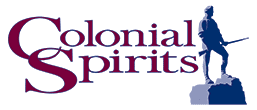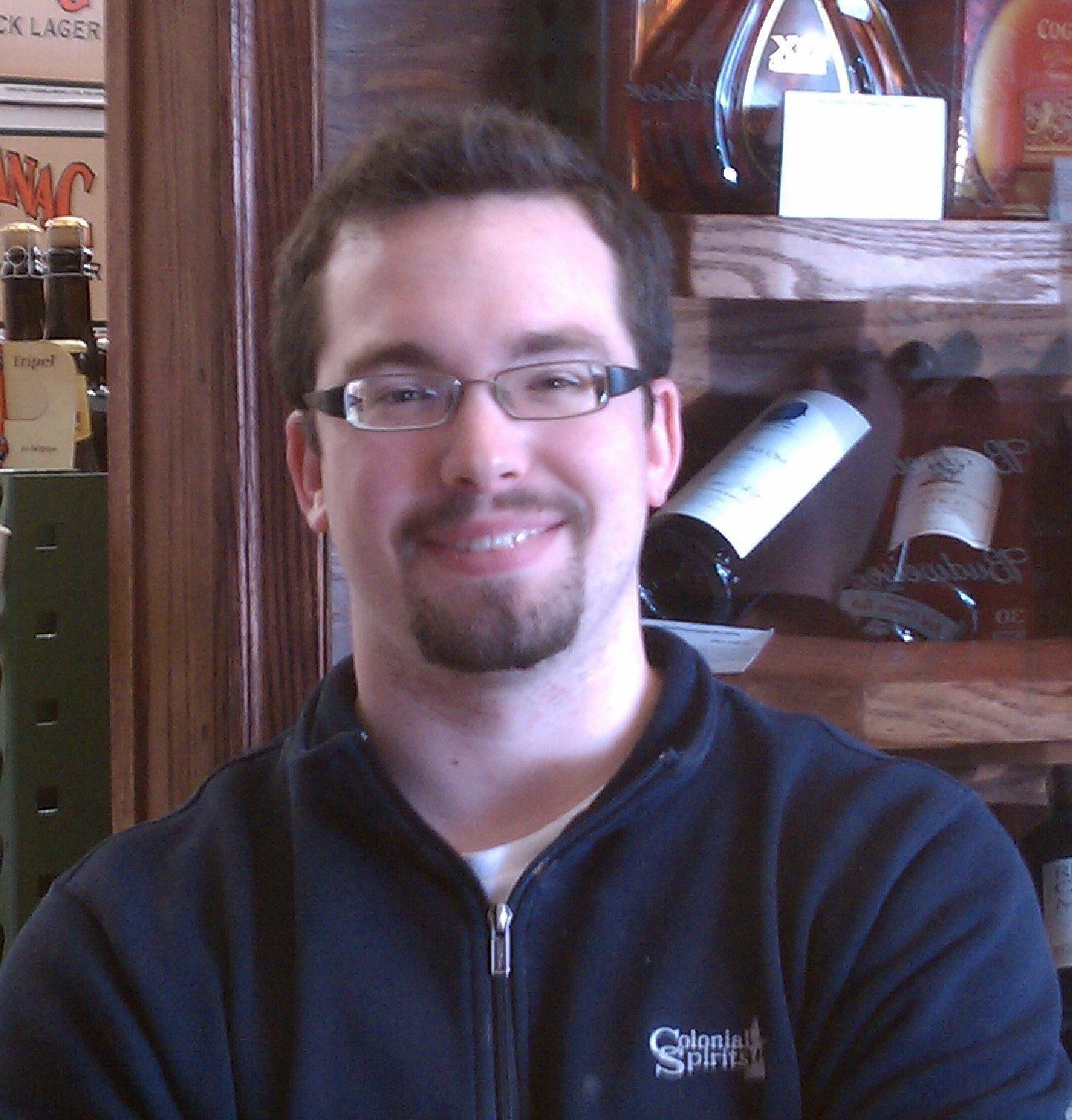
 I have been taunting my hoppy colleague, Tim for quite some time about the ‘overuse’ of hops (particularly in American brews). Playing devil’s advocate, I’ve compared their use with the excessive use of oak in the wine world. My suggestion wasn’t merely a simple taunt. I was (and remain) curious over the role of hops in brew, particularly in American ones and how they compare with the use of oak in wine. Some may find it silly to compare the two, but I really don’t think so.
I have been taunting my hoppy colleague, Tim for quite some time about the ‘overuse’ of hops (particularly in American brews). Playing devil’s advocate, I’ve compared their use with the excessive use of oak in the wine world. My suggestion wasn’t merely a simple taunt. I was (and remain) curious over the role of hops in brew, particularly in American ones and how they compare with the use of oak in wine. Some may find it silly to compare the two, but I really don’t think so.
Now just a little about myself for you brew folks… Continue reading Challenge accepted!


 I remember the first time I saw the scene in Sideways, I was a sophomore in high school on a first date. I saw Miles scream his opinion about Merlot, and even then I knew that people were going to take this drunk and miserable fictional creation seriously. And, boy, they have.
I remember the first time I saw the scene in Sideways, I was a sophomore in high school on a first date. I saw Miles scream his opinion about Merlot, and even then I knew that people were going to take this drunk and miserable fictional creation seriously. And, boy, they have.
